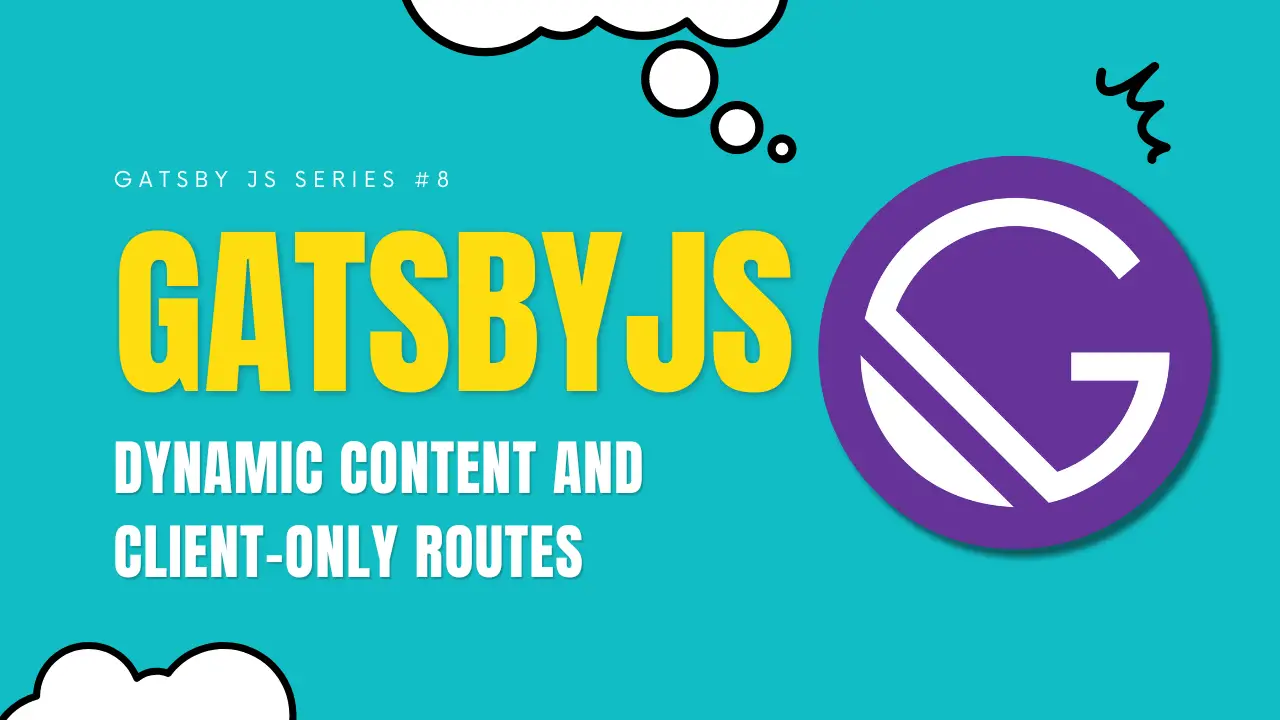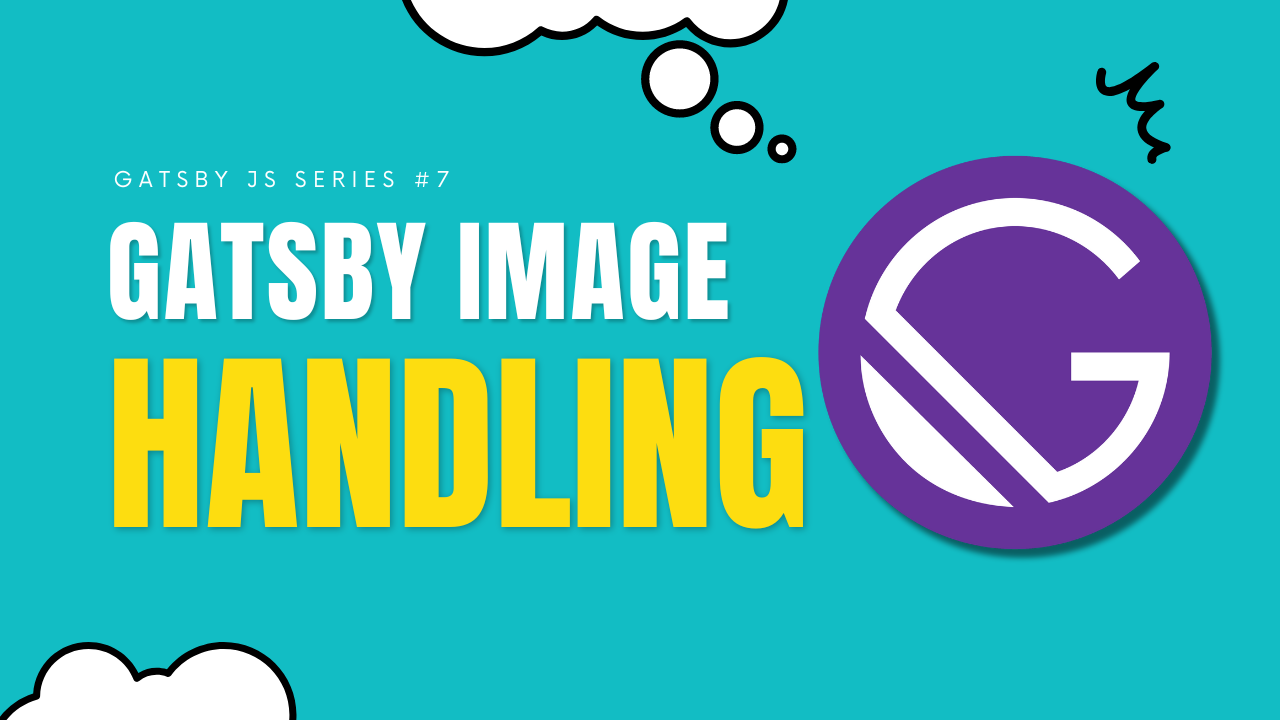Gatsby Plugins and Themes [Part 5]
Table of Contents
Welcome back to our series on GatsbyJS! In the last article, we learned about styling in GatsbyJS. In this article, we will delve into the world of Gatsby plugins and themes, which are powerful tools that enable you to extend the functionality and customize the behavior of your Gatsby sites.
Plugins and themes are key components of Gatsby’s flexible ecosystem, allowing you to easily add features, optimize performance, and style your websites. Let’s explore how these components can supercharge your development process.
Understanding Gatsby Plugins
Gatsby plugins are JavaScript packages that integrate seamlessly with Gatsby sites, enabling you to add new functionality without modifying the core framework. Plugins can be used to implement a wide range of features, including SEO optimization, image processing, content sourcing, and much more.
You can find a vast collection of plugins in the official Gatsby Plugin Library or create your own.
Adding Plugins to Your Gatsby Project
To add a plugin to your Gatsby project, you need to follow these simple steps –
Install the plugin using npm or yarn.
npm install gatsby-plugin-exampleOpen your gatsby-config.js file, which acts as the configuration file for your Gatsby site.
Locate the plugins array in the configuration file and add the plugin name as a string or an object with optional configuration options –
module.exports = {
// ...
plugins: [
'gatsby-plugin-example',
{
resolve: 'gatsby-plugin-example',
options: {
// Configuration options for the plugin
}
}
]
}Save the changes, and Gatsby will automatically detect and load the plugin when you run the development server or build your site.
Popular Gatsby Plugins
Let’s take a look at a few popular Gatsby plugins and how they can enhance your projects –
gatsby-plugin-sitemap: This plugin automatically generates a sitemap for your Gatsby site, making it easier for search engines to crawl and index your pages.
gatsby-plugin-image: This plugin provides an optimized image component that automatically generates responsive images with various formats and sizes, improving your site’s performance and loading speed.
gatsby-plugin-manifest: With this plugin, you can generate a web app manifest file for your Gatsby site, enabling it to be installed and function as a progressive web app (PWA).
gatsby-plugin-google-analytics: By integrating Google Analytics into your Gatsby site using this plugin, you can track and analyze user interactions, page views, and other valuable metrics.
Remember, these are just a few examples, and countless plugins are available for various purposes. Explore the Gatsby Plugin Library to find plugins that meet your specific needs.
Gatsby Themes: Reusable Design Systems
Gatsby themes take the concept of plugins a step further by providing complete pre-designed templates and styling options for your websites. Themes are an excellent choice if you want to kickstart your project with a specific design system or reuse common functionality across multiple sites.
Installing and Using Gatsby Themes
To install and use a Gatsby theme, follow these steps –
Install the theme using npm or yarn.
npm install gatsby-theme-exampleOpen your gatsby-config.js file and add the theme to the plugins array –
module.exports = {
// ...
plugins: [
'gatsby-theme-example',
// Other plugins
]
}Customize the theme’s options, if necessary, by adding them to the plugins array as an object –
module.exports = {
// ...
plugins: [
{
resolve: 'gatsby-theme-example',
options: {
// Theme-specific options
}
},
// Other plugins
]
}Save the changes, and your Gatsby site will incorporate the selected theme.
Popular Gatsby Themes
Here are a few popular Gatsby themes that can jumpstart your web development process –
gatsby-theme-blog: This theme provides a ready-to-use blog template, including features like blog post pagination, tag support, and author profiles.
gatsby-theme-docs: If you’re building documentation or a knowledge base, this theme offers a clean and organized layout with features such as sidebar navigation, search functionality, and code highlighting.
gatsby-theme-portfolio: Designed for showcasing your creative work, this theme includes pre-designed sections for projects, galleries, and testimonials, allowing you to highlight your portfolio in an aesthetically pleasing way.
gatsby-theme-shopify: If you’re creating an e-commerce site, this theme integrates seamlessly with Shopify, providing a robust foundation for building online stores with Gatsby.
As with plugins, these are just a few examples, and you can find many more themes in the Gatsby Theme Library. Choose a theme that aligns with your project requirements and customize it to fit your unique needs.
Conclusion
In this article, we explored the world of Gatsby plugins and themes, discovering how they can extend the functionality and enhance the customization options of your Gatsby sites. Plugins allow you to easily add new features, optimize performance, and integrate with external services, while themes provide pre-designed templates and styling options for rapid development.
Take advantage of the rich Gatsby plugins and themes ecosystem to streamline your workflow, speed up development, and easily create stunning websites. Stay tuned for our next article in the series, where we will learn about working with data in GatsbyJS. Happy coding!
LinuxAndUbuntu Newsletter
Join the newsletter to receive the latest updates in your inbox.



